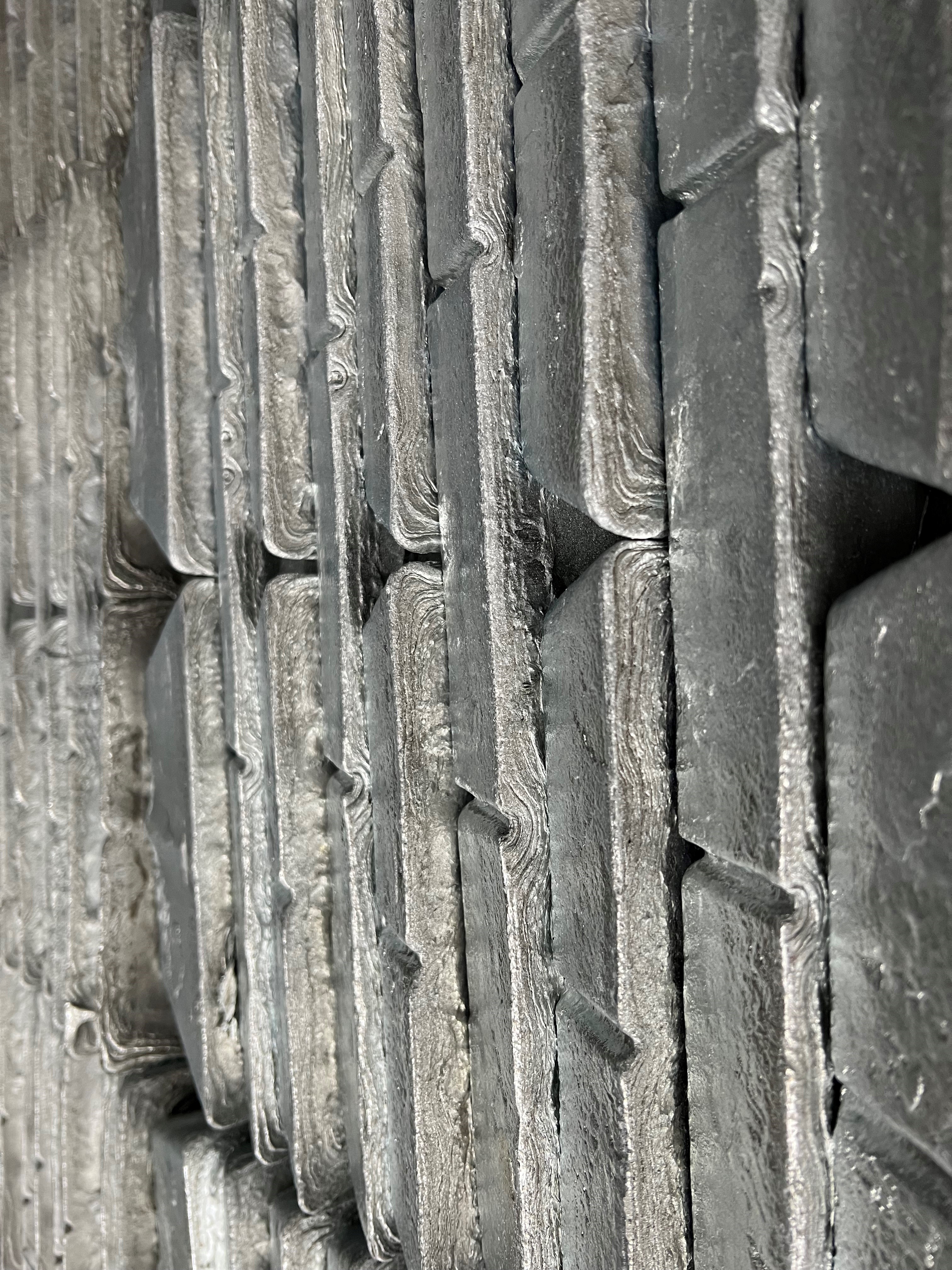Details
- Bluish very shiny metal
- Melting point 419,6 °C
- Boiling point 907 °C
- Specific weight 7,14 g/cm³ (at 25 °C)
In nature zinc (Zn) is very often accompanied by lead. The most important mineral is zinc blend often associated with lead glance.
The biggest zinc ore deposits are found in Australia, China and the USA. Zinc mining is taking place primarily in the countries mentioned as well as in Peru and Canada.
The most important field of zinc use is the finishing of steel surfaces (galvanization) to protect the steel against corrosion. Zinc is also used to produce brass, die-casting alloys, zinc semi-finished products and batteries. In the chemical industry zinc is used as zinc oxide in the production of tires, cosmetics and pharmaceuticals.
Zinc is traded in the form of slabs (up to 25 kg) and jumbos (from 1,000 kg). Zinc grades are standardised in DIN EN 1179. The degree of purity defined in the standard ranges from 98.5 % for primary zinc up to 99.995 % for high-purity zinc.
Zinc-Variants
We offer the following Zinc variants
Our experts are available to you at any time.
In case of any inquiries or concerns within your specific field, they are here to provide you with expert assistance.















